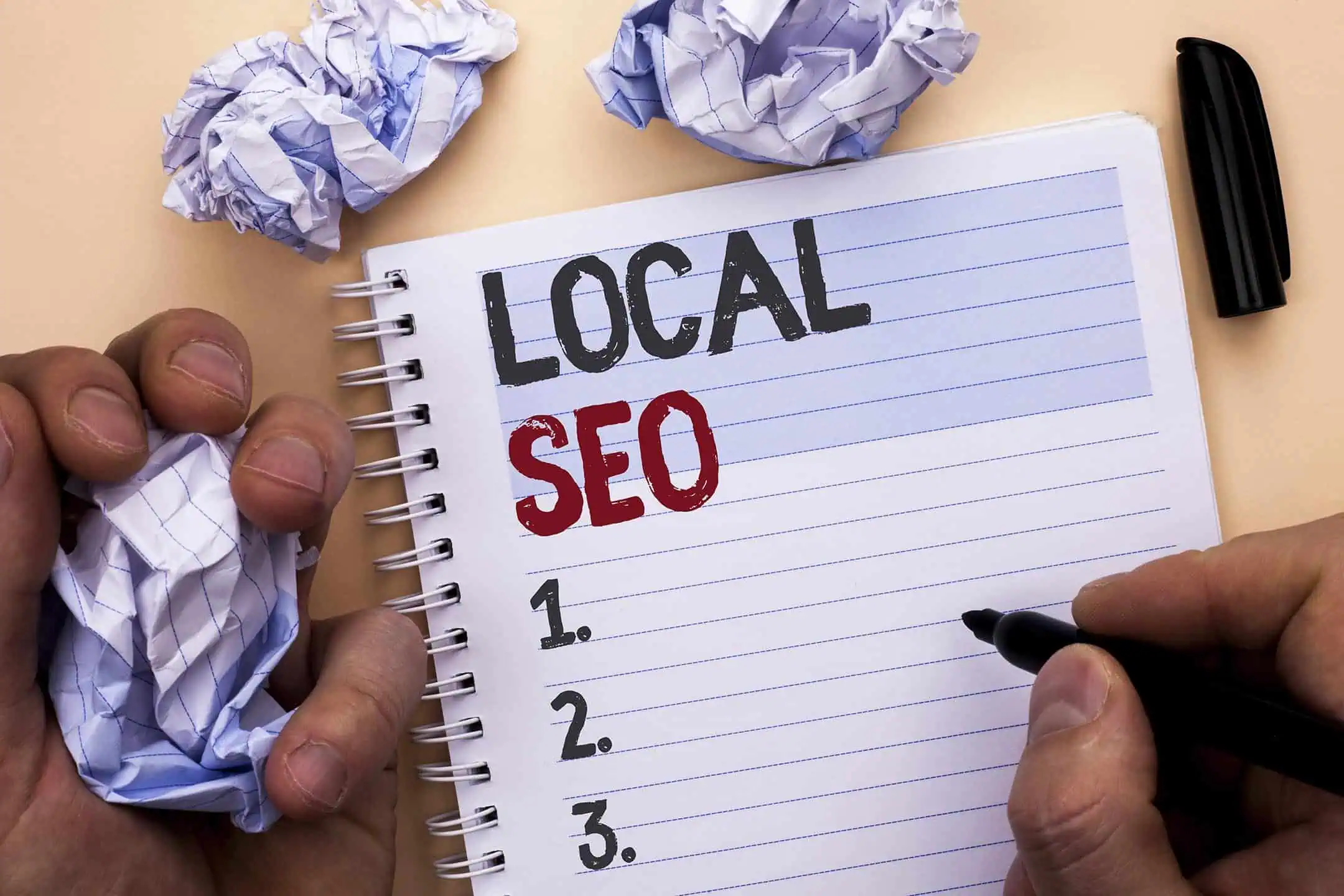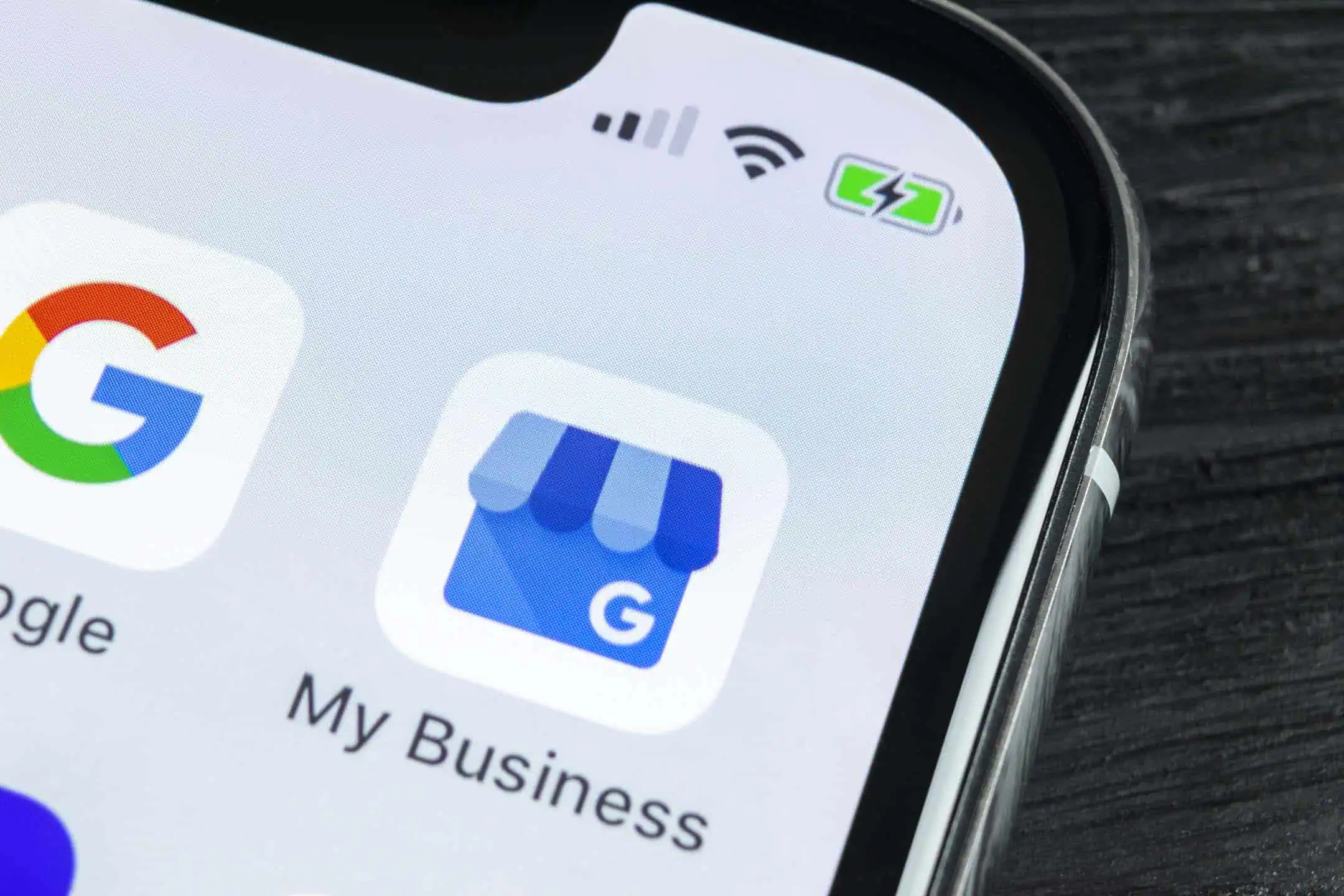If you run a service business, your next 10 customers are already searching for you. The only question is whether they’ll find you – or choose someone else.
Hyperlocal SEO is the underrated growth lever most businesses are still sleeping on. It’s not just about being found. It’s about being chosen. It’s about turning proximity into profit, searchers into sales, and location data into loyal customers.
Let’s break it down.
What is Hyperlocal SEO (and Why It Converts Better)
Hyperlocal SEO is like local SEO’s more precise, more strategic sibling. It focuses on capturing search intent tied to a specific neighbourhood, postcode or service area.
This is what powers those “plumber near me” or “electrician in KT22” searches – especially on mobile. According to Google, 78% of location-based mobile searches result in a purchase within 24 hours. That’s not a trend. That’s urgency.
For service businesses, this is a gift. Unlike big brands, you don’t need to dominate nationally. You just need to own your corner of the map.
Step One: Citations Build Trust Before You Ever Speak
Citations are online mentions of your business name, address and phone number (NAP). They live on directories, listings, apps and even map services.
Sounds basic. But here’s the kicker: inconsistent citations hurt your rankings and confuse Google. You wouldn’t trust a business with three different phone numbers, would you?
Action:
- Audit your citations
- Correct NAP inconsistencies
- Focus on quality sources: Google, Yelp, Yell, Apple Maps, Facebook
- Avoid low-value aggregators – they clutter, not convert
This is how you start building digital credibility.
Step Two: Optimise Your Google Business Profile Like Your Sales Funnel Depends On It (Because It Does)
GMB is your homepage on Google. It’s often the first thing people see. If it’s incomplete or outdated, you’re leaking leads.
At a minimum:
- Set accurate service areas
- Add every relevant category
- Use posts weekly (offers, tips, events)
- Answer FAQs before people have to ask
- Upload fresh photos regularly (especially of your team at work)
The goal? Make your profile feel like a handshake, not a shrug.
Step Three: Create Content That Feels Local
Your content needs to speak the language of your audience. That means:
- Service pages tailored to towns or postcodes
- Case studies featuring real local customers
- Blog posts answering location-specific questions
- Schema markup to help AI and search engines make sense of it all
You’re not just building pages. You’re creating local proof.
Step Four: Turn Reviews Into Revenue
Social proof drives local sales.
You don’t need hundreds of reviews – you need consistent, recent and authentic ones. Start asking. Make it easy. Use QR codes, follow-up emails, or SMS.
Respond to every review. Good or bad. It shows you care and builds trust.
Bonus: mine your reviews for keywords. If people keep mentioning your punctuality or friendly service, reflect that in your site copy.
Step Five: Connect Rankings to Revenue
Being top 3 in the map pack is powerful. But leads come from conversion, not position.
So:
- Track phone calls and form fills
- Add UTM links to your GMB
- Use call tracking to see what converts
- A/B test your service page CTAs
Get nerdy about the data. Because if you don’t know what’s working, you’re guessing.
Show Up or Get Left Behind
People want to buy local. But they’ll only buy what they can find – and trust.
Hyperlocal SEO isn’t a hack. It’s the new standard. The businesses winning are the ones showing up with clarity, consistency and intent.
So if your service business relies on word of mouth, now’s the time to upgrade that to web of mouth.
Make your next customer’s search effortless.
Because they’re already looking.




